Urinary Bladder in Livestock
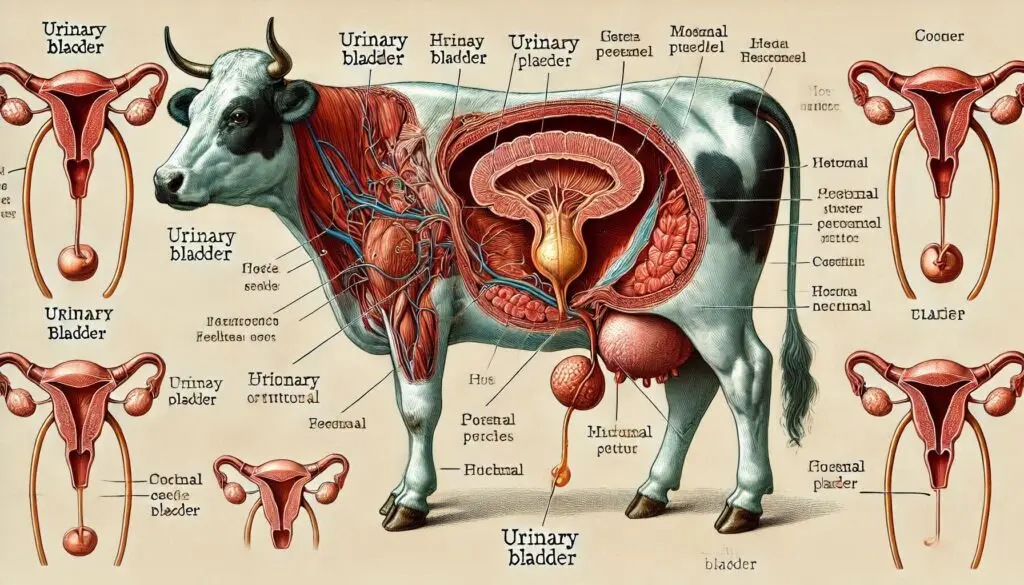
Introduction
The urinary bladder plays a vital role in the health of livestock. It stores urine produced by the kidneys before excretion. Understanding its function and potential diseases is crucial for farmers and veterinarians. This article delves into the anatomy, common diseases, prevention strategies, and management practices related to the urinary bladder in livestock.
Anatomy of the Urinary Bladder
Structure of the Urinary Bladder
The urinary bladder is a muscular sac located in the pelvic cavity. It expands as it fills with urine and contracts during urination. In livestock, especially ruminants like cattle and sheep, the bladder’s size can vary significantly based on hydration levels and overall health.
Function of the Urinary Bladder
The primary function of the urinary bladder is to store urine until it is expelled from the body. This process helps maintain fluid balance and electrolyte levels. The bladder also plays a role in eliminating waste products from metabolism.
Common Diseases Affecting the Urinary Bladder
Urolithiasis: A Major Concern
Urolithiasis is one of the most significant issues affecting the urinary bladder in livestock. It involves the formation of urinary stones (uroliths) that can obstruct urine flow. This condition primarily affects male ruminants due to their anatomical structure.
Causes of Urolithiasis
Several factors contribute to urolithiasis:
- Diet: High levels of protein and certain minerals can lead to stone formation. For more information on dietary management, visit Penn State Extension.
- Dehydration: Insufficient water intake increases urine concentration, promoting stone formation.
- Genetics: Some breeds are more predisposed to developing urinary stones.
Clinical Signs of Urolithiasis
Recognizing clinical signs early can save an animal’s life. Common signs include:
- Straining to urinate
- Abdominal distension
- Painful posture or vocalization
- Reduced appetite
For a detailed overview of clinical signs, refer to Merck Veterinary Manual.
Cystitis and Pyelonephritis
Cystitis refers to inflammation of the bladder, while pyelonephritis involves inflammation of the kidneys. Both conditions can occur due to bacterial infections.
Symptoms
Symptoms may include:
- Frequent urination with small amounts of urine
- Blood in urine (hematuria)
- Fever and lethargy
For more on diagnosing these conditions, check out Veterinary Partner.
Urinary Tract Obstruction
Urinary tract obstruction can occur due to various reasons, including uroliths or tumors. This condition is an emergency that requires immediate attention.
Signs of Obstruction
Signs may include:
- Inability to urinate
- Swollen abdomen
- Signs of pain or distress
Prompt treatment is essential to prevent severe complications.
Diagnosis of Urinary Bladder Conditions
Veterinary Examination
A thorough veterinary examination is crucial for diagnosing urinary bladder conditions. Veterinarians will assess clinical signs and perform physical examinations.
Diagnostic Imaging
Imaging techniques such as ultrasound or X-rays help visualize stones or obstructions. For more information on diagnostic methods, visit VetMed.
Laboratory Tests
Urinalysis is essential for diagnosing infections or other abnormalities. This test examines urine composition and can reveal signs of infection or stone presence.
Treatment Options for Urinary Bladder Diseases
Medical Management
In many cases, medical management is effective. This may include:
- Antibiotics: For treating infections.
- Pain relief: To manage discomfort.
- Fluid therapy: To encourage urination and flush out stones.
For more details on treatment protocols, refer to American Veterinary Medical Association.
Surgical Intervention
In severe cases, surgical intervention may be necessary. Procedures like urethrostomy can help relieve obstructions caused by uroliths.
Post-Surgery Care
Post-operative care is critical for recovery. Ensure animals receive adequate hydration and monitor for any signs of complications.
Prevention Strategies for Urinary Bladder Diseases
Dietary Management
Proper nutrition plays a vital role in preventing urinary issues. Strategies include:
- Balanced Diet: Ensure appropriate mineral ratios (calcium to phosphorus).
- Adequate Water Supply: Always provide fresh water to encourage hydration.
For dietary recommendations, check out Nutritional Guidelines for Ruminants.
Regular Health Checks
Routine veterinary check-ups help catch potential issues early. Regular urinalysis can identify problems before they escalate.
Environmental Management
Maintain clean living conditions to reduce stress and prevent infections. Stress can exacerbate health issues in livestock.
Conclusion
Understanding the urinary bladder’s role in livestock health is essential for effective management. By recognizing common diseases like urolithiasis and implementing preventive measures, farmers can enhance animal welfare and productivity.
More from Veterinary Anatomy:
Cell Inclusions


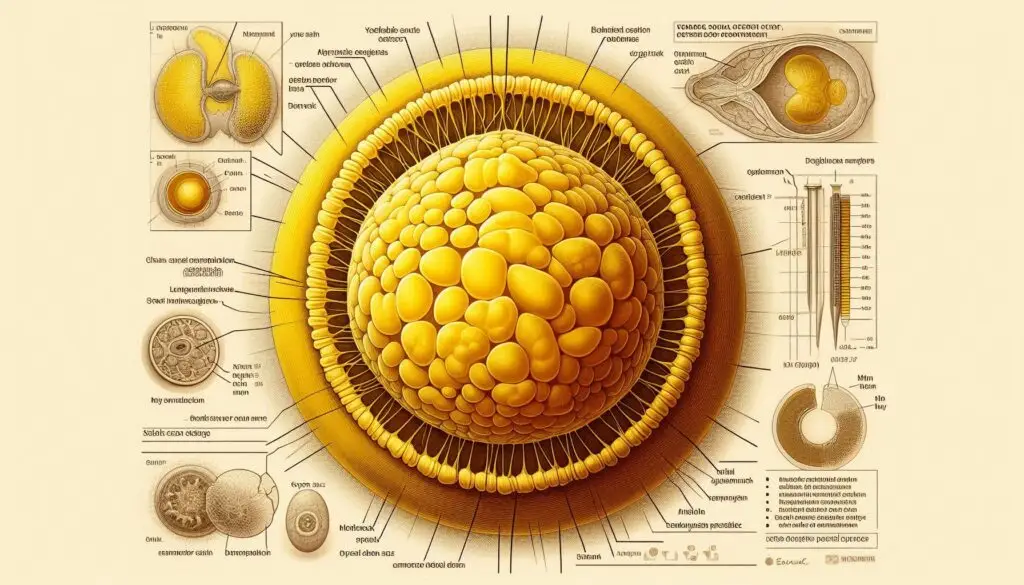
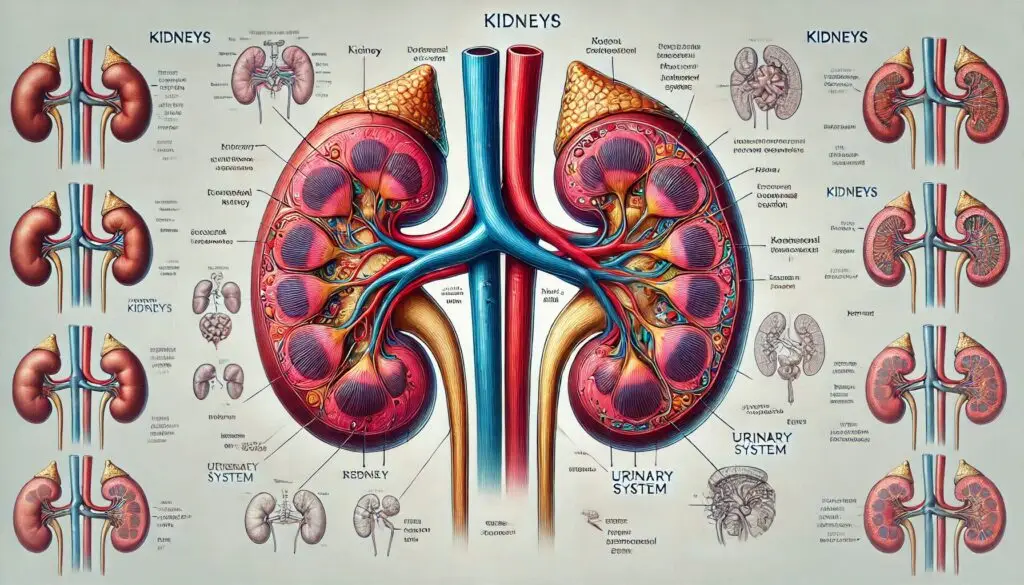
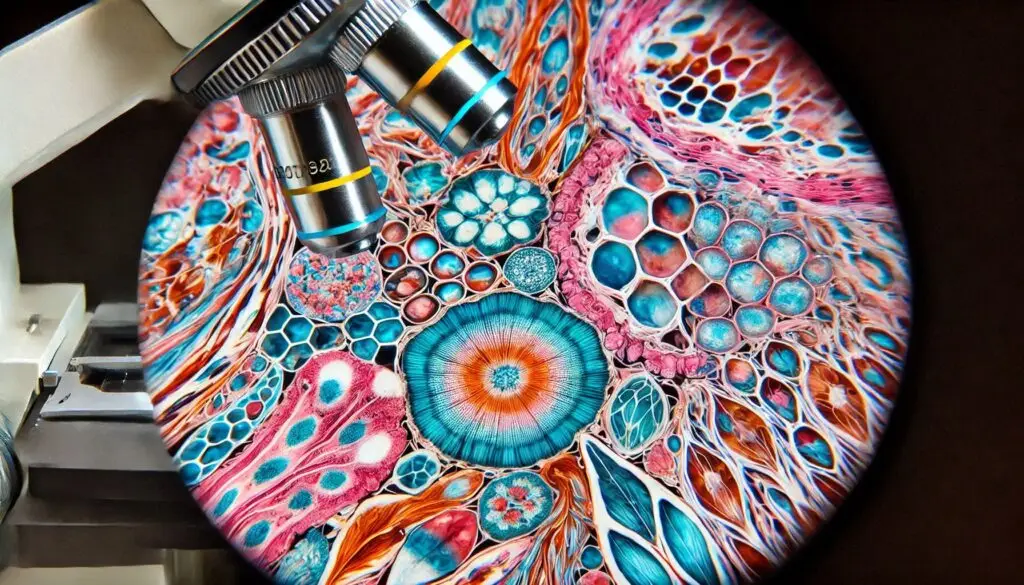
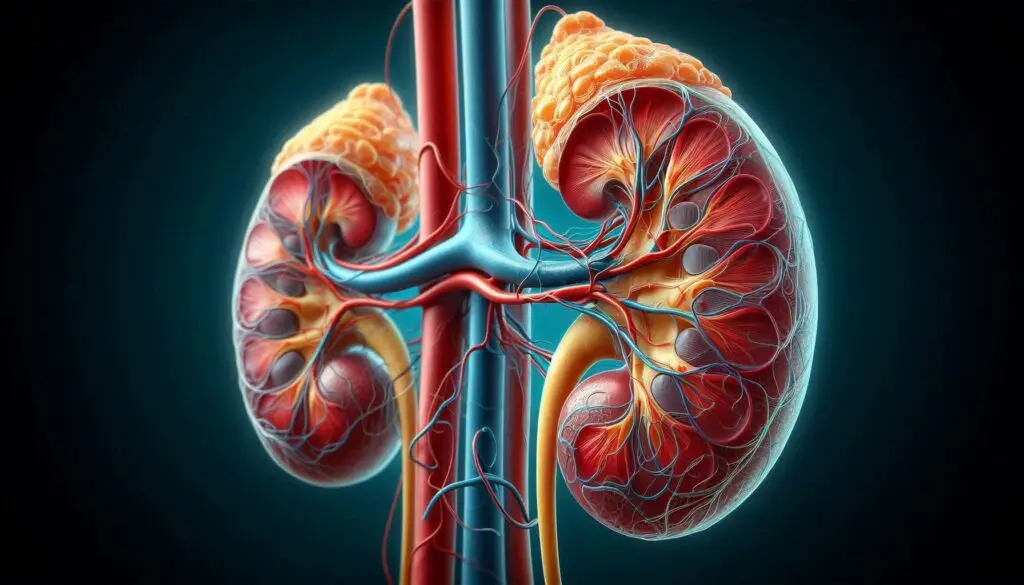
Responses